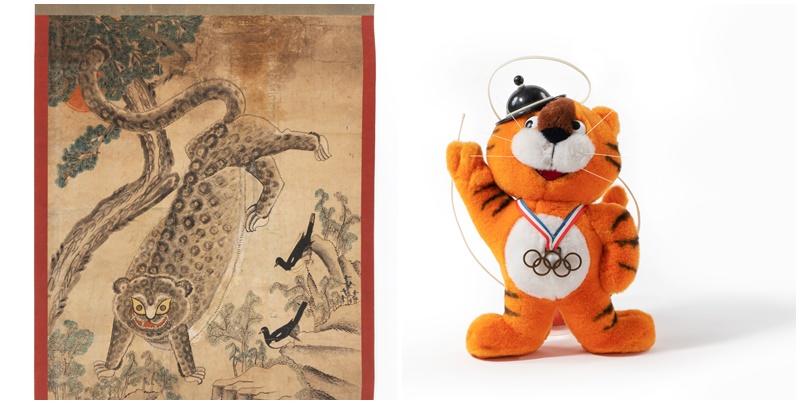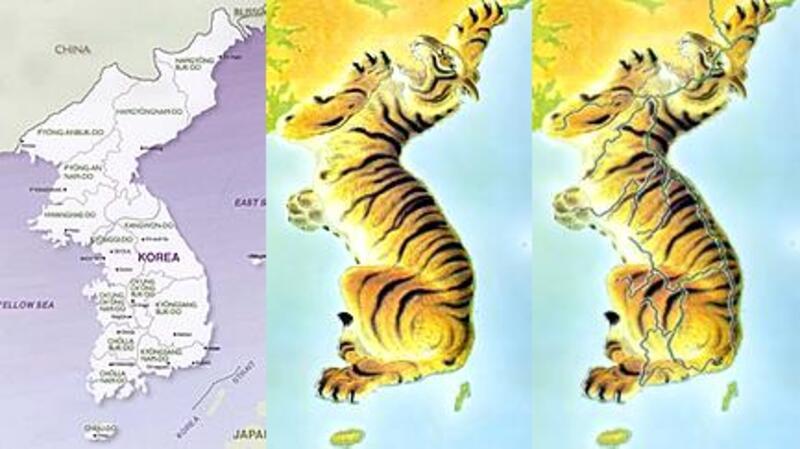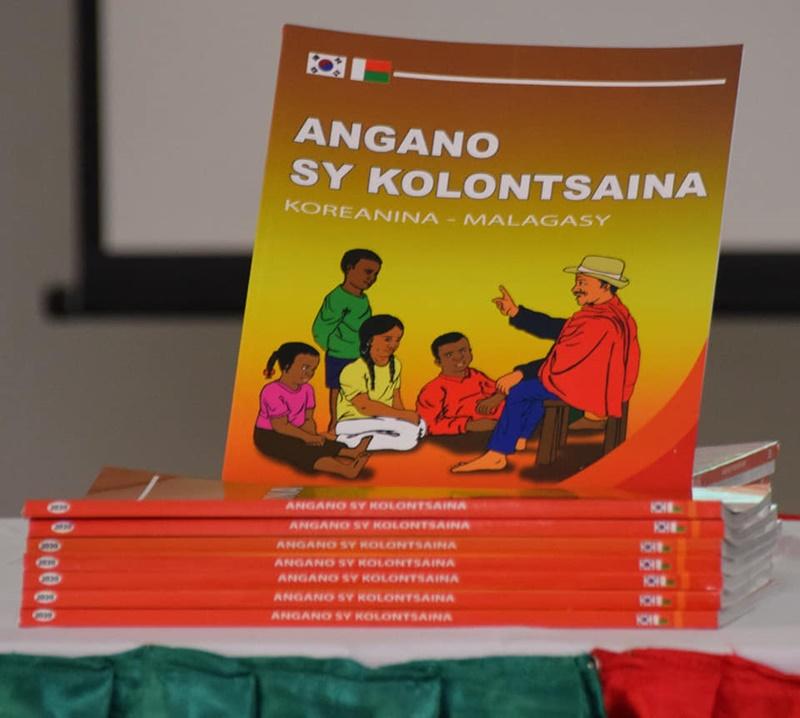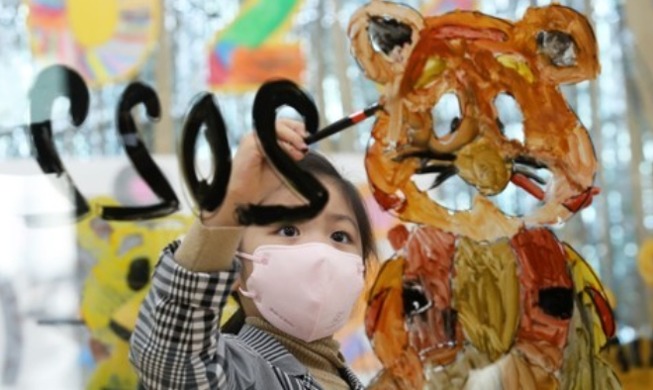Korea.net has 3,432 Honorary Reporters from 105 countries who share news and stories on Korea in nine languages. They send Korea-related news from their neighborhoods to Korea.net and share articles posted on our site through their social media accounts. The following are three highlighted stories posted by such reporters last week.
By Lee Jihae
The first week of 2022 saw several Honorary Reporters submitting articles on tigers on the occasion of the Year of Imin (Black Tiger) under the Asian zodiac. The three articles of note last week featured the significance of tigers in Korean culture and a book about folktales from Korea and Madagascar.

Jakhodo, a traditional painting genre, features a magpie and a tiger, (left) and Hodori was the official mascot of the 1988 Seoul Summer Olympics. (National Folk Museum of Korea)
■ Three stories on Korea to know in the Year of the Tiger (Rocio Mendoza from Guatemala in Spanish)
Honorary Reporter Rocio Mendoza from Guatemala introduced Hodori, the official mascot of the 1988 Seoul Summer Olympics, and jakhodo, a genre of traditional painting featuring a tiger and a magpie. She explained the appearance of Hodori, which wears a sangmo, a hat worn by nongakdae (a troupe of traditional farmers' music) and a necklace bearing the Olympic rings. As for jakhodo, jak means "magpie," ho means "tiger" and do a "picture," thus the genre's name literally means a drawing of a magpie and a tiger.
Tigers depicted in such paintings have often represented corrupt authorities such as crooked government officials and display silly expressions. The magpies represent the people and show an aura of confidence.

Honorary Reporter Minnath Azeez from Sri Lanka introduces the notion that the Korean Peninsula's shape resembles that of a tiger. (Korean Embassy in Norway)
Honorary Reporter Minnath Azeez from Sri Lanka introduced the notion that the Korean Peninsula's shape resembles that of a tiger and the feline character in the Dangun myth of the founding of Korea's first kingdom Gojoseon (2333 B.C.-108 B.C.). In the myth, a bear and a tiger want to become humans. Hwanung, the son of Hwanin (God of the Heavens) gives mugwort and garlic bulbs to both animals, telling them to eat those only and avoid sunlight for 100 days. The tiger gives up midway but the bear perseveres to become a human called Ungnyeo (Bear Woman).
The woman marries Hwanung and gives birth to Dangun, who eventually sets up Gojoseon, the first nation on the Korean Peninsula. Azeez said that though the tiger failed to become human in the myth, it "has remained an important motif in Korean culture throughout millennia."

The Korean Embassy in Madagascar and the Malagasy Ministry of National Education in 2019 jointly published the book "Malagasy and Korean Myths and Culture" to enhance children's reading and interest in both cultures. (Malagasy Ministry of National Education)
Honorary Reporter Sid Lucille from Madagascar wrote about the book "Malagasy and Korean Myths and Culture," which was jointly published by the Korean Embassy in Madagascar and the Malagasy Ministry of National Education to boost children's reading and interest in both cultures. Since the inaugural edition came out in December 2019, the book has seen 3,300 copies distributed to 23 elementary schools with another 2,630 to be supplied to more schools.
The book contains ten Korean and Malagasy folktales, with the Korean stories including "The Rabbit's Liver," "Tiger and Dried Persimmon" and "The Green Frog." "The translations are faithful to the originals and do not distort the Korean tales in any way," Lucile said.
jihlee08@korea.kr
